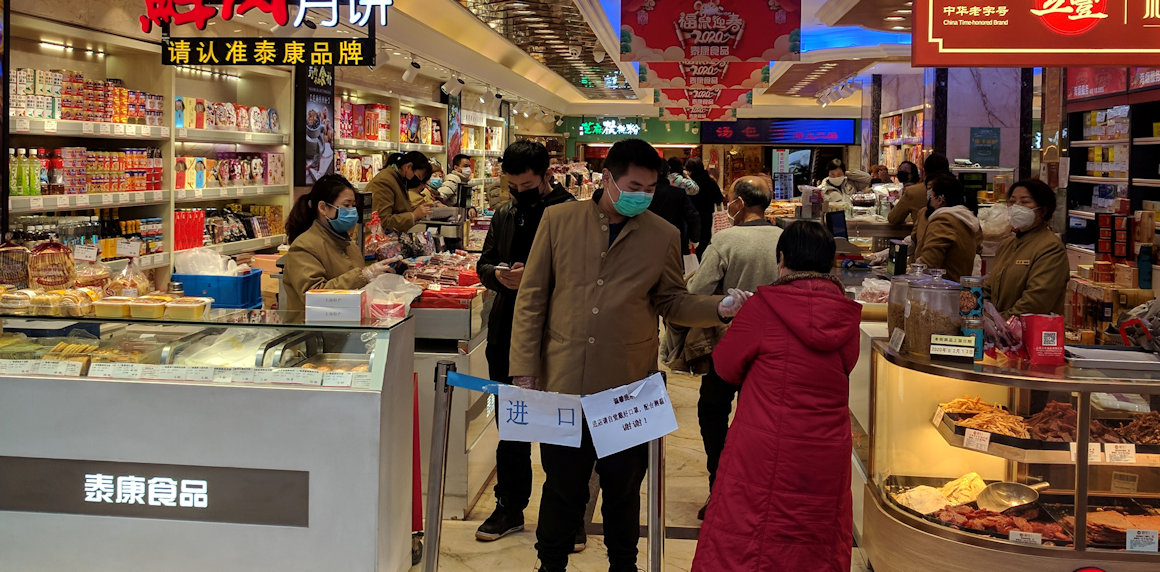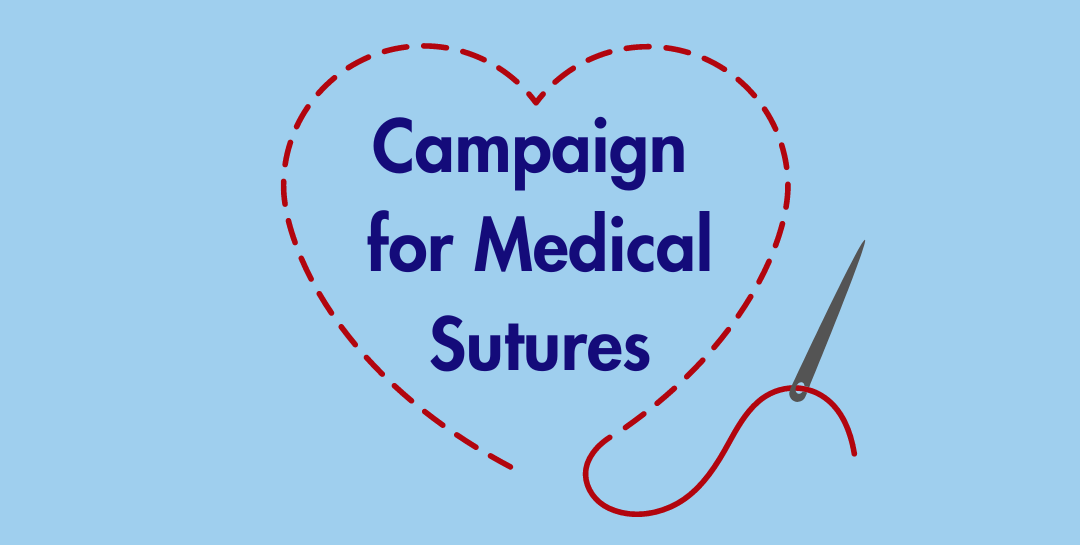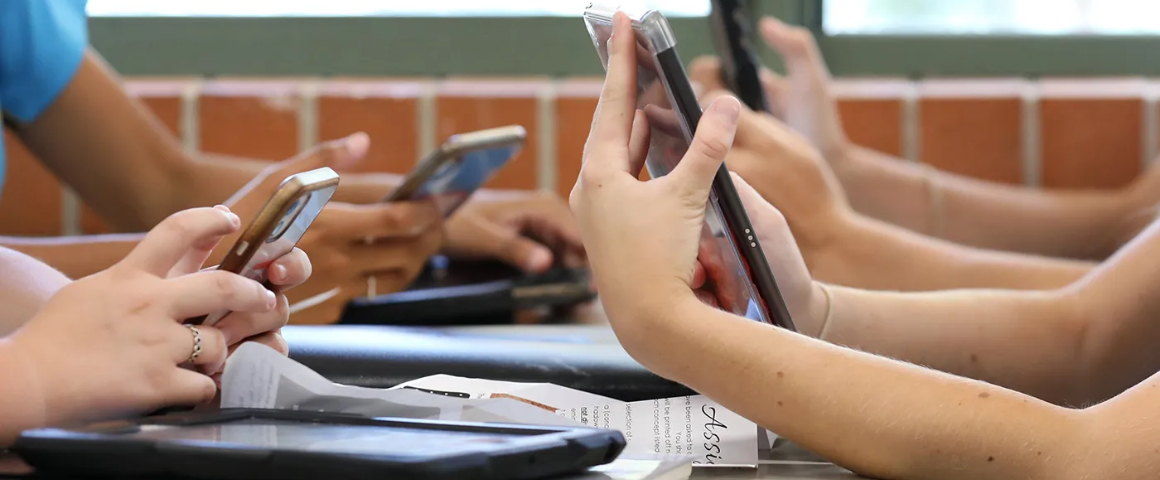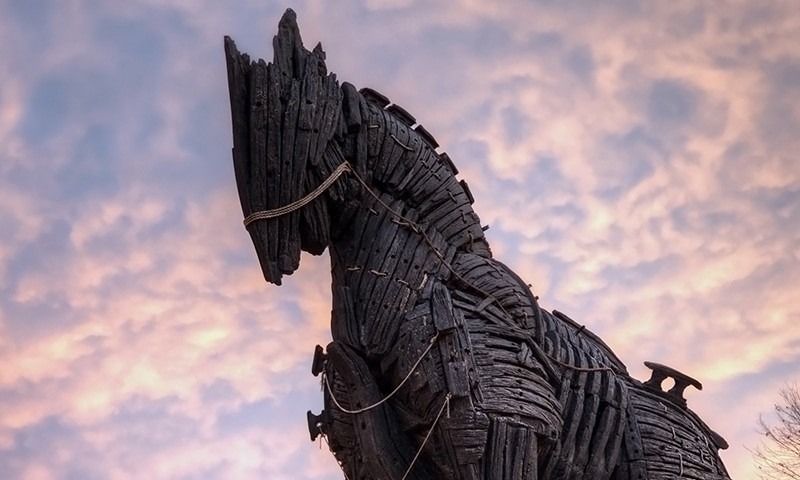Containment, Heroism, Fear and Lies
As my almost-empty Shanghai subway train pulled into a station in the middle of February, I came face-to-face with an ad for UnionPay, the Chinese debit card found in everyone’s wallet. All members of a trigenerational family were lunging forward, assorted consumer goods in their hands or within reach, ridiculous expressions on their faces.
“Socialism with Chinese Characteristics” includes plenty of this: love of the golden idol and suggestion that the good life is a shopping excursion.
But the crisis provoked by the novel coronavirus – now COVID 19 – has revealed this society’s much greater depth and refuted any notion that contemporary Chinese only care about their things, bank accounts and children’s grade scores.
Consider the thousands of medical personnel pouring into the Wuhan viral epicentre from safe distances to work exhausting shifts in order to treat the afflicted, sometimes losing their lives in the process. Or the heroic construction workers who built the Huoshenshan and Leishenshan special hospitals for seriously ill patients, in less than two weeks.
And those are only the most obvious stars. When twenty-four-year old Jiang Jinjing from Shanghai had a glimpse of the hard-to-remove protective suits that health-care workers don, it occurred to her that menstruating staff must be suffering special discomfort…and that she could help. It was not long, say reports, before this young woman and her friends had convinced nine companies to donate over 172,000 menstrual diapers plus almost 8,000 pads to female workers at 26 Hubei-province hospitals. Drivers spent long unpaid hours making the deliveries.
Liberal sneers
Certainly, the chief revelation of the last two months is not to be found in the snide, self-satisfied analyses offered by certain pundits, according to which Chinese communist authoritarianism has hamstrung the country’s ability to respond to public health emergencies.
Usually attached to this charge is a reference to Dr Li Wenliang from the Central Hospital of Wuhan. Dr Li sent a message on December 30 to a chat list composed of college classmates warning them that SARS had been found in a group of patients. In early January he was reprimanded by Wuhan police for spreading rumours and made to acknowledge this reprimand in writing. Then he went back to work. By January 11 he had fever. On February 7, Li passed away.
The conclusion drawn from this sad event – by critical voices in China as well as the West – is that the system bullied a whistleblower due to its fear of free speech, and in the process undermined anti-epidemic efforts. The Chinese Supreme People’s Court didn’t undermine this point of view when it observed on January 28 that eight residents of Wuhan (Li among them) briefly detained by local police should have been “tolerated” and that dissemination of the information they released might have helped the public take preventative measures sooner.
What truth is there in this analysis? It may well be that Li merited “tolerance,” but that’s only a sliver of the story. As K.J. Noh points out in the February 11 issue of Counterpunch, Dr Li was hardly a “whistleblower” in the standard sense. He did not (as far as we know) take his concerns to superiors or to the local disease control and prevention centre. He expressed his fears on a private chat list. Nor was he correct that SARS had reappeared, which matters in part because SARS kills at a substantially higher rate than does COVID 19 (between nine and twelve per cent as opposed to under three). Li was not a specialist qualified to know what kind of virus was in play – indeed, no one at that moment knew precisely what was sowing its poisonous seed in and around Wuhan.
In a January 28 interview, Zeng Guang, Chief Epidemiologist at the Chinese Centre for Disease Control and Prevention (DCPC), praised the eight detained Wuhan residents. But he made the point that evidence is everything when warning people about a threat to public health.
“We can only make judgments [about a disease and its threat] based on its transmissibility.” Zeng noted that, at the end of December, he “would not have made [a] judgment” based on the text from Li. Conclusive information was not then available.
But more on the timeline, critical to assigning honest praise and blame. On December 26, Dr Zhang Jixian, a respiratory and critical care specialist, had received an elderly couple with flu-like symptoms. Zhang noticed that the CT image of their lungs was atypical of influenza sufferers and resembled that of an in-house patient from the Huanan Seafood Market, that conservatively named Wuhan culinary emporium where foxes, wolf pups, rodents, dogs, crocodiles, deer, camels, hedgehogs and other extraordinary fare were said to be displayed. Zhang asked to examine the couple’s son, discovered similar imaging on his lungs, and on December 27 reported to the head of the hospital, who then reported to the district DCPC. On December 28 and 29, connections were made to other cases from the market, and then Dr Zhang learned of similar developments in other hospitals. The provincial DCPC was immediately informed.
Subsequently, Zhang implied that the authorities did not act as quickly in the coming days and weeks as the situation warranted. It is evident that she almost immediately feared human-to-human transmission of the virus. We know this because she created a quarantine zone for the ‘new flu’ cases in her hospital and told staff to protect themselves with masks and uniforms.
On December 30 a public health announcement of an unknown viral illness was made – the same day as Li’s text to colleagues. The World Health Organization was informed, and it recommended against “measures that unnecessarily interfere with international trade or travel.” Suspecting “exotic” animal to human transmission, local authorities shut the seafood market down on January 1.
Should local authorities have, nevertheless, raised a louder alarm? One that, somehow, would not have caused panic but addressed the danger? In what would that have consisted? Wash your hands frequently, avoid groups if possible and sneeze into your arm? This is regularly said about flu anyway. Yet with the deadly SARS association in people’s minds, it is not surprising that people began to do what they did: leave Wuhan in droves.
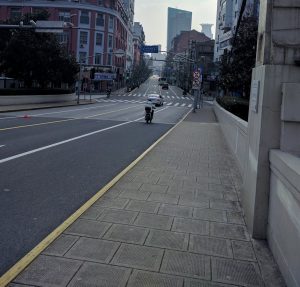
To be sure, people exit Chinese cities every year for the New Year/Spring Festival celebrations. Many left this time for festive reasons. But on January 26, three days after the city went into lockdown, Mayor Zhou Xianwang declared that some 5 million out of the city’s 11-plus million official residents had already gone. Data suggest that this was considerably higher than the 2018 figure, implying an additional motive for the holiday flight. And the virus was carried across China and beyond.
Can critics champion “freedom of information,” if that’s what we call tolerating or encouraging social media alarms about public health, and then bemoan its inevitable result: potentially dangerous freedom of movement exercised on a mass scale?
Even when person-to-person transmission was confirmed in the mid to latter part of January, the need to lower a steel curtain around a huge city and populous province was hardly obvious. The magnitude of the danger posed by the virus was still unclear. H1N1, for its part, ended up killing several hundred thousand people worldwide. Which US cities were cordoned off to contain it? And how many deaths merit high-level alarm? In the 2019-20 season already, influenza has taken thousands of lives in North America. The WHO says it kills up to 650,000 annually across the globe. In any case, the decision to isolate Wuhan was taken on January 23. Similar moves throughout Hubei followed….and they seem to be working.
With each passing day, fewer new cases are identified beyond the afflicted province. Indeed, at this writing, 20 regions and provinces had reported zero additional patients for timespans ranging from one to over 20 days. Ninety-five per cent of the nearly 3,000 deaths thus far have occurred in Hubei. Citizens from that province who travelled to other cities have been quarantined.
Metaphorical heads have rolled; the Wuhan and Hubei Party leaders were replaced. Indeed, there have been instances of scandalous incompetence, like the case of over 30 seriously ill seniors ordered transferred by public bus to a hospital, unaccompanied by any staff or local committee officials, and left in the care of one stressed-out bus driver with high blood pressure. When they got to the hospital late at night, there was no staff prepared to receive them. Some collapsed. Those in charge “behaved very badly,” in the words of State Council (cabinet) official Gao Yu. Indeed. On the other hand, citizens have been abused in the over-zealous enforcement of safety rules.
But in places like Shanghai and Beijing, appearances notwithstanding, there is no public health emergency. Which brings us to a final point. What is probably required in the coming days is an even more geographically differentiated approach to the situation. Unjustified fear, not reasonable precaution, is now hindering a return to ‘normal’ in places like Shanghai and the capital. Huge numbers of businesses remain closed. Many people are still hiding in their homes. And then there are the masks…everywhere. If you go for a walk without one, police might signal. Drones remind. Pedestrians stare or swerve away or offer smiling advice. At least they still did in February.
Back to Dr Zeng Guang. “In fact, on the street and in the open air, you don’t need to wear a mask. You are less likely to be infected by someone walking down the street” than to be in a car accident. “The loss [caused by] infectious disease to human society is not only…illness and death” but also that caused by fear and overreaction. “We should be able to manage this part [and not] blindly follow other people.”
Only solidarity, reason and respect for the evidence will get us through this.

